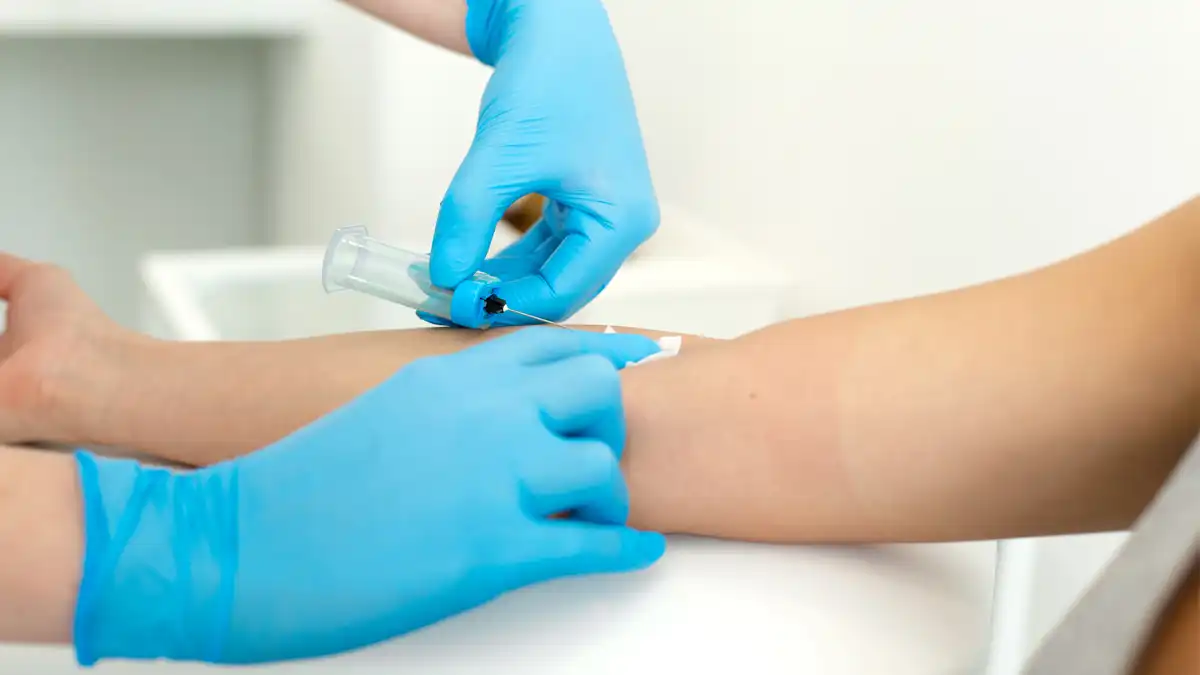Before you visit your doctor, he or she will usually have you get your blood drawn and tested. This can be inconvenient, especially if you need to have your blood drawn after fasting for eight hours. However, your doctor will ask you to do a blood draw when you come in for your annual check-up and other times if your health requires it.
This can be if you:
- Are at risk of a health condition
- Have a health condition that needs to be monitored
- Are showing symptoms of a health problem
- Are getting ready for surgery
- Are pregnant
The test results analyze substances, cells and chemicals in your blood and give your doctor an overview of your health and of things that can’t be seen with a physical exam, such as infections, vitamin deficiencies, cancer, organ failure and more. If you have symptoms or ailments, the test results may indicate why.
The problem is that most of us have a limited understanding of what the tests show or what the numbers mean. Your doctor will tell you if the numbers are outside the acceptable range, but how far outside the range are they? What about the acceptable numbers? Are they well in the range or on the verge of being abnormal?
Your doctor might not even be concerned about some of the numbers the tests show because of other numbers. It’s enough to make your head spin, but don’t worry, you’ll be in a doctor’s office. They can run a test for that.
What Test Should You Get?
According to Healthline, at a minimum, you should get a lipid test every five years starting at age 20, and that is only if you are at low risk for heart disease. If your risk increases, you should have the test done more often.
Between ages 40 and 70, and if you are obese or overweight, you should have a blood glucose test done annually. For people over 45, you should have a fecal occult blood test, or a colonoscopy conducted to screen for colorectal cancer. These are just the bare minimum recommendations. Your doctor will almost certainly want more than this done.
What are the Common Blood Tests Done?
- Complete blood count (CBC) – This test checks the amount of 10 different components of your blood, such as red blood cells, white blood cells and platelets. It can reveal problems such as clotting issues, anemia, infection, vitamin deficiencies and more.
- Basic metabolic panel (BMP) – This test checks the amount of eight compounds in blood like glucose, potassium, creatinine and blood urea nitrogen. Depending on what compound the doctor wants to check, you may have to fast for at least eight hours before your blood is drawn. The test can show if a person has kidney disease, diabetes or electrolyte imbalances.
- Comprehensive metabolic panel (CMP) – This test includes a BMP plus additional proteins and substances related to liver function. In addition to what a BMP can show, a CMP can detect cirrhosis, hepatitis, mononucleosis, liver cancer or damage and more.
- Lipid panel – This tests your high-density lipoprotein (HDL) or “good” cholesterol and your low-density lipoprotein (LDL) or “bad” cholesterol. Abnormal numbers can show if you are at risk of heart disease. This test also requires fasting.
- Thyroid panel – This test checks how well your thyroid produces and reacts to certain hormones. Abnormal levels can show thyroid disorders, low protein and abnormal levels of testosterone or estrogen.
- Hemoglobin A1C (HbA1C) – This test measures the A1C in your blood and can indicate things like insulin resistance and prediabetes.
- Sexually transmitted infection test – Combined with a urine sample, these tests can tell whether a patient has a sexually transmitted disease (STD). A caution here is that a blood test might not be immediately accurate. It could take a month after exposure before a blood test can detect some STDs.
- Coagulation panel – This test measures how well and how long it takes for your blood to clot. It can indicate hemophilia and thrombosis.
- Prostate screening (PSA) – This test is recommended for men aged 50 and older. PSA is a protein made in the prostate gland. High levels can indicate prostate cancer, benign prostatic hyperplasia or inflammation of the prostate.
You will usually see the test results indicating whether they are normal or abnormal. While this is informative, your doctor is the best person to tell you if you should be concerned about any of the results.
“That’s why it’s so important to have a relationship with a primary care provider,” nurse practitioner Thomas Strawmier told Nebraska Medicine. “A provider that you see on a regular basis is going to have a good read on you and will be able to be more proactive in helping you stay healthy and preventing future health issues.”
By James Rada, Jr.







